Glorieta Castle is Ridiculous … In a Good Way … Mostly
Don Francisco Argandoña and his wife Clotilde Urioste Velasco were among the most important members of late 19th Century Bolivian society. He had made a fortune in the mining industry, and owned a private bank. She was the daughter of a wealthy Spanish family, and dedicated her life to helping orphans. On a diplomatic tour Europe in 1898, they called upon Pope Leon XIII, who pronounced them the “Princes of the Glorieta”. They accepted the honor graciously; it hardly mattered that Bolivia didn’t have a monarchy.
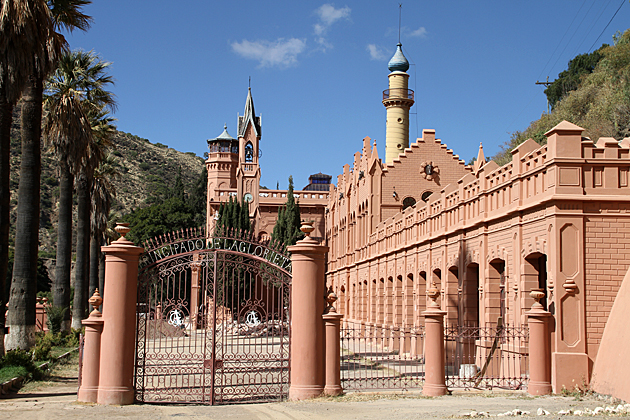
Princes, as everyone knows, live in castles. So Prince Francisco and Princess Clotilde constructed the Castillo de la Glorieta on the outskirts of Sucre. Designed by an Italian immigrant from Argentina, the structure was meant to convey the worldliness and sophistication of the new royal couple. But “sophistication” is the last thing suggested by the castle. The Glorieta is a monstrosity. It’s like a five-year old finding the cosmetic box and, in trying to make herself pretty like mommy, ends up looking like a drunk prostitute.
I’ve never seen a building like it. The castle consists of a bewildering fusion of styles, from Moorish to Chinese, to Russian Byzantine. To Rococo and Florentine. To Romanesque and English Gothic. And let’s just go ahead and design the garage in the Dutch Baroque, because at this point, why not? Even a schizophrenic would find the result mind-boggling.
It’s still a fun place to spend some time. The #4 bus from Sucre ends at the castle gates, and a self-guided tour costs just 20 Bolivianos. Three towers dominate the building’s profile — a Gothic replica of Big Ben, the Russian-themed Tower of the Prince, and the Tower of the Princess, nonsensically topped with a Chinese pagoda. Inside the castle, Moorish architecture dominates, but every once in awhile you’ll see Italian marble or Roman-style statues.
An adjoining park provides a much-needed spot to relax and allow your mind to recover from the weirdness. When we visited, there was a lot of construction going on around the grounds, and the castle looked as though it were being converted for use as a museum. Regardless, we had a good time. If you’re interested in an amusing, but defiantly odd bit of architecture, check it out.
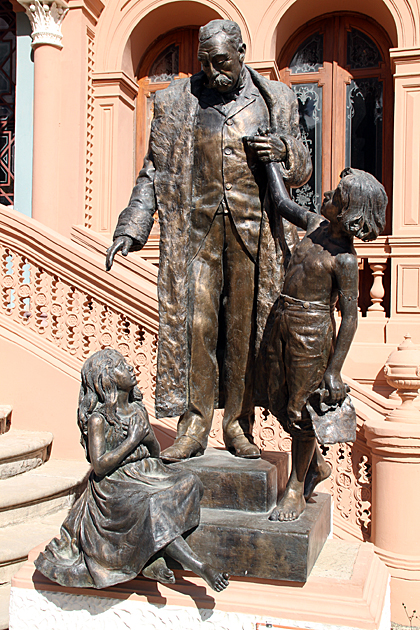
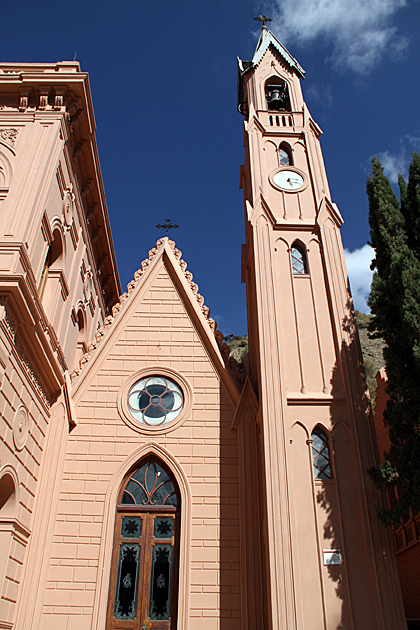
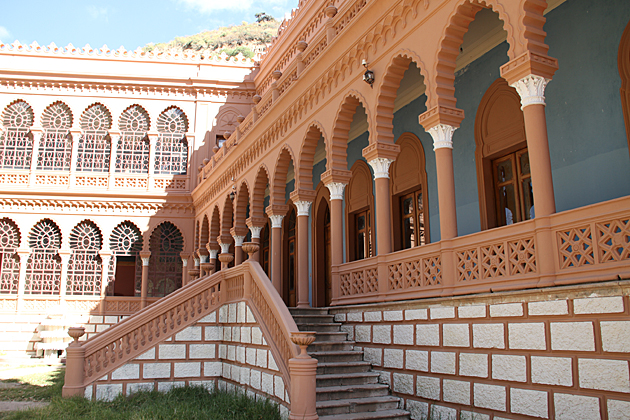

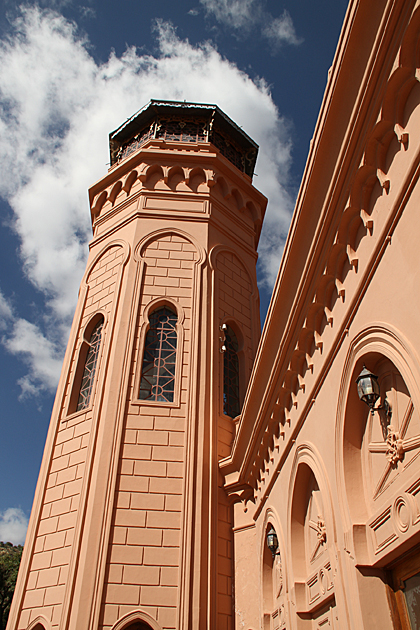
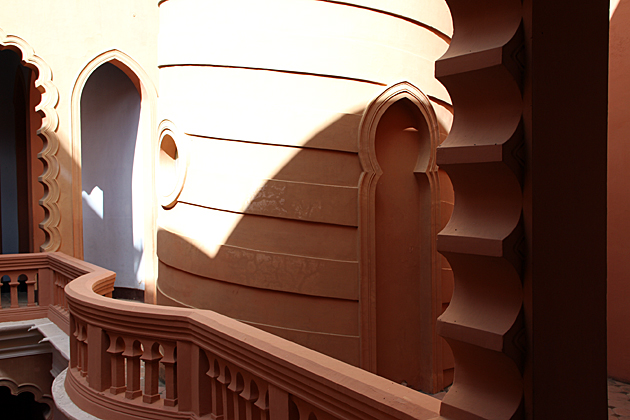

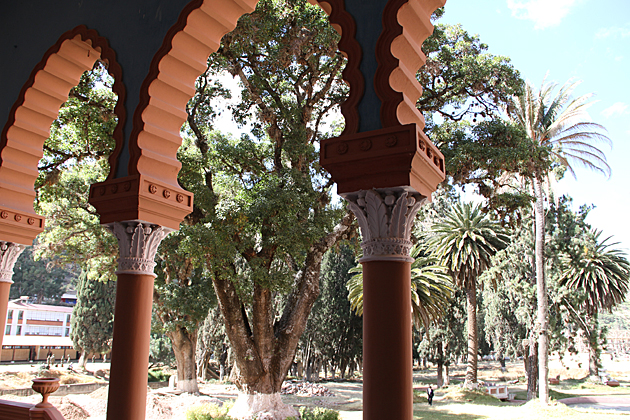
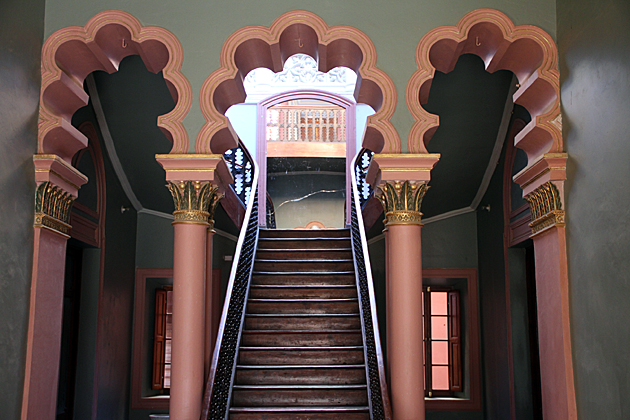
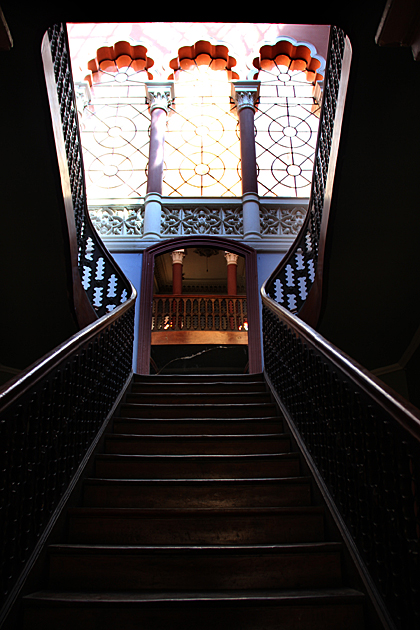

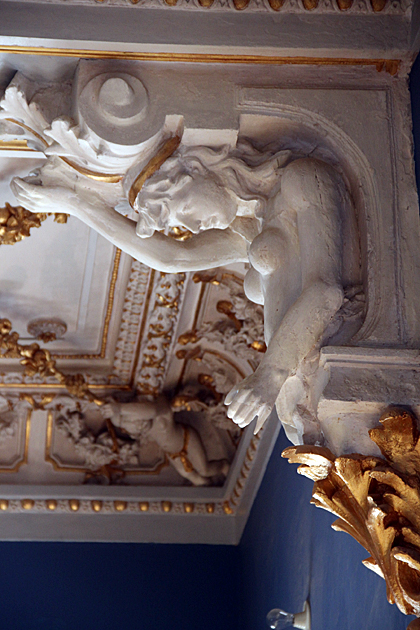

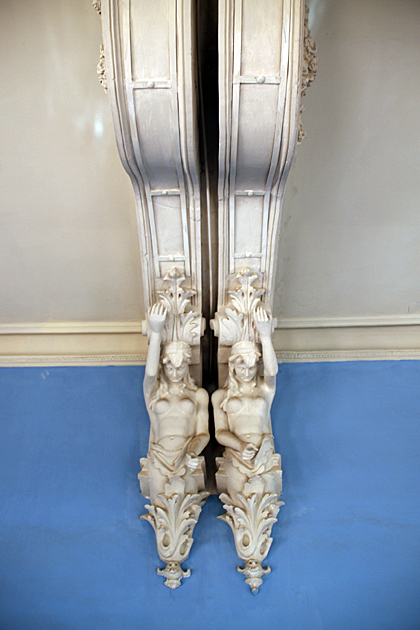

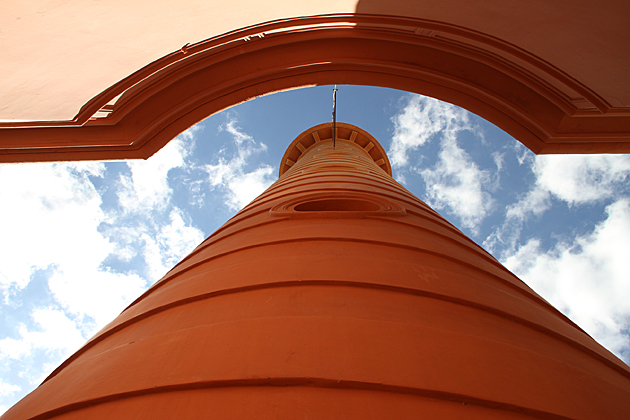
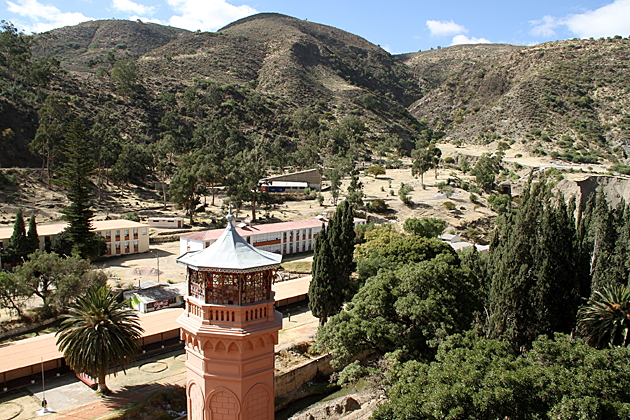
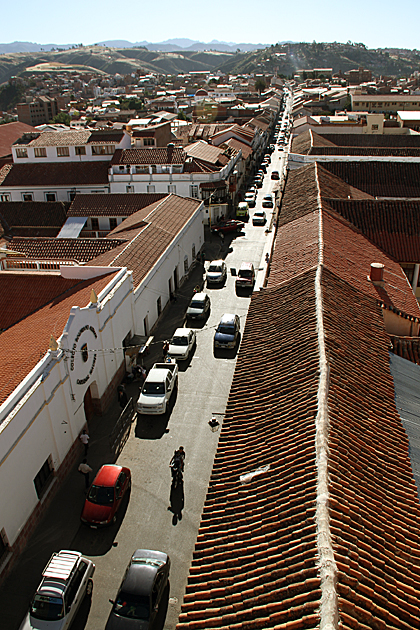
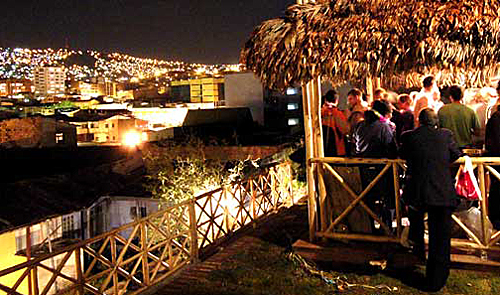
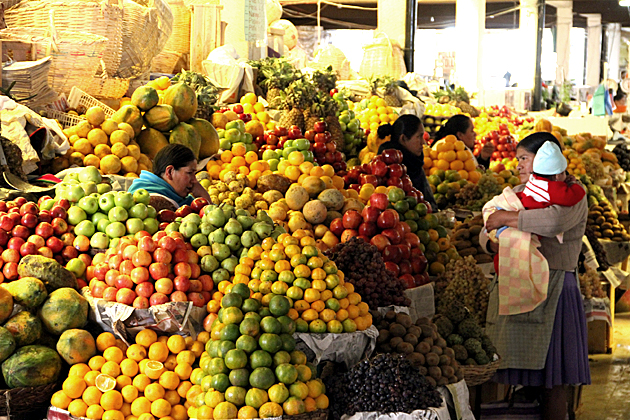

Yeah it does look pretty nuts!
I was there! 1986, as a 17 year-old exchange student. It was one of our last days in Bolivia and a Bolivian friend wanted to take us to “The Castle”. The bussed were unreliable, sometimes not showing up, so we took a taxi. It was a really cool building, and our friend gave us some history behind it, but my Spanish wasn’t very good, but I got the gist. The strange architecture was a little lost on me, as I didn’t study art history or architecture until later. It was just a fun trip to do with friends!
Pingback: For 91 Days in Bolivia | For 91 Days in Bolivia – Travel Blog
Pingback: Bolivia Index | For 91 Days in Bolivia – Travel Blog
Loretta, I was also there in the summer of 1986 as an exchange student and I remember you! My host family took me there to see the castle and at the time the place was not in good shape. I returned while in college during Christmas of 1990 and it still was not in the best shape. After looking at pictures on the website it seems like they have done a lot to improve the castle. I remember the “grand staircase” and taking pictures of with Sole (my host sister). I did not study art history or architecture but I love the looks of castles and the different thematic elements displayed. What great memories I had while an exchange student in Bolivia!
Pingback: Palermo’s Chinese Palace | For 91 Days in Palermo – Travel Blog